Overtraining happens when an athlete fails to recover adequately between training sessions on a consistent basis. While many athletes feel that the harder they work, the more successful they’ll be in their chosen sport, in reality, this is often far from the truth.
Overtraining is the result of an imbalance in the training-to-recovery ratio– too much training and competing and too little recovery and regeneration. The difficulty is deciding just what constitutes ‘too much’ and ‘too little’.
However, by having an awareness of it, and how it happens, athletes can prevent it from occurring in the first place. When planning your training, it’s important to not only consider the hours you have available to swim/bike/run, it’s also important to consider the nature of your day to day life and the times when it is smarter to train less and recover, and benefit, more.
To enhance performance we need to train by overloading the body and then allowing it to recover. This stimulus-recovery process is called adaptation, and it’s a characteristic shared by all living organisms.
It is important to understand that while a little is good, more is not necessarily better. The adaptation process has built-in limits that govern both how quickly an athlete can adapt and their maximum capacity to endure intense training. These limitations function as safety mechanisms to protect the body from damage.
Overtraining can not only lead to a drop in performance, but also prolonged high levels of fatigue and an increased risk of injury.
Healthy sleep, nutrition, and mental wellbeing are all essential to avoid overtraining. Athletes who consistently go beyond “over-reaching” during training sessions and fail to adequately recover, will fail to benefit and adapt from intense training sessions. The results of overtraining can be a pro-longed period of rest or absence from training in order to allow the body restore itself.
Feeling washed-out, tired, drained, or experiencing a lack of energy, a sudden drop in performance, insomnia, headaches, decreased immunity, decreased training capacity/ intensity, moodiness/irritability, depression, loss of enthusiasm for sport and appetite, increased incidence of niggles/ injury, can all be side effects of overtraining.
If you have a coach, family member or training partner, they may notice psychological clues of reduced concentration, anxiety, apathy toward training and irritability which often precedes performance deficits. If the demands continue, the athlete themselves should eventually notice performance-related symptoms, having overlooked the psychological clues.
The ability to recognise the non-physical signs of “overtraining syndrome” early and begin intervention will help to avoid the long-term effects of overtraining and keep athletes on track for healthy training and adaptation.
Most instances of overtraining result from poorly conceived programs that can be corrected with forethought and attention to recovery needs.
One key component is to develop a solid base of training and avoid a pre-season program that increases intensity and performance demands too early/quickly, well in advance of the competitive season. The physical and mental stresses of pursuing optimal performance from an inadequate foundation will take their toll over time, increasing the risk for overtraining and most likely creating disappointing results late in the season.
A hybrid strength and conditioning program that meets the training needs of all sports without creating overstress, is a key component to include in early season training plans.
Including adequate rest and mobility work, identifying weaknesses and working on them, as well as regularly monitoring intensity and duration will help athletes avoid falling into the trap of overtraining.
The good news is that access to advanced monitoring techniques, solid research, and time-tested workout strategies provides athletes and coaches today with more information about optimal training levels than ever before.
*Article written by Emma Porter in collaboration with Tricia Streliof of Maple Motion Physio
**Tricia Strelioff is the clinic owner of Maple Motion Chartered Physiotherapy. Tricia graduated from the University of Saskatchewan in Canada in 1995. Since graduation she has worked in both private hospital and outpatient clinical environments in Canada, USA, Australia and Ireland. She is one of the only Certified McKenzie Therapists in the Republic of Ireland. An experienced triathlete and member of Galway Triathlon Club her dream of finally owning her own practice arrived in Dec 2016, her practice is located at 5A Father Griffin Avenue, Galway. You can contact Tricia directly by emailing info@maplemotionphysio.ie or check out her website HERE

